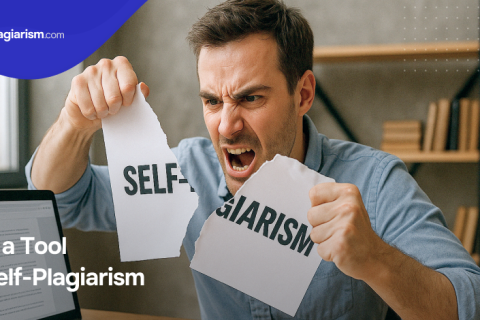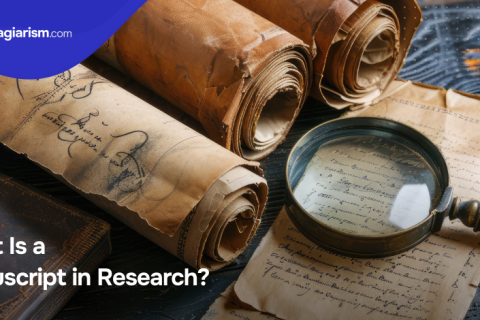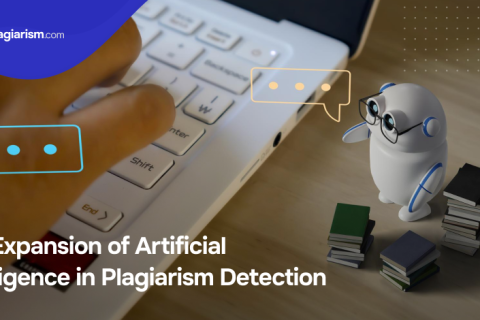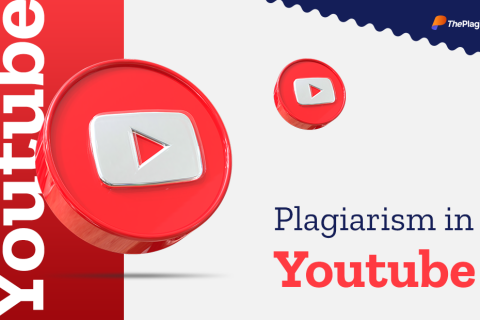Citing Sources Is Critical in Academic Writing
18 Apr 2018
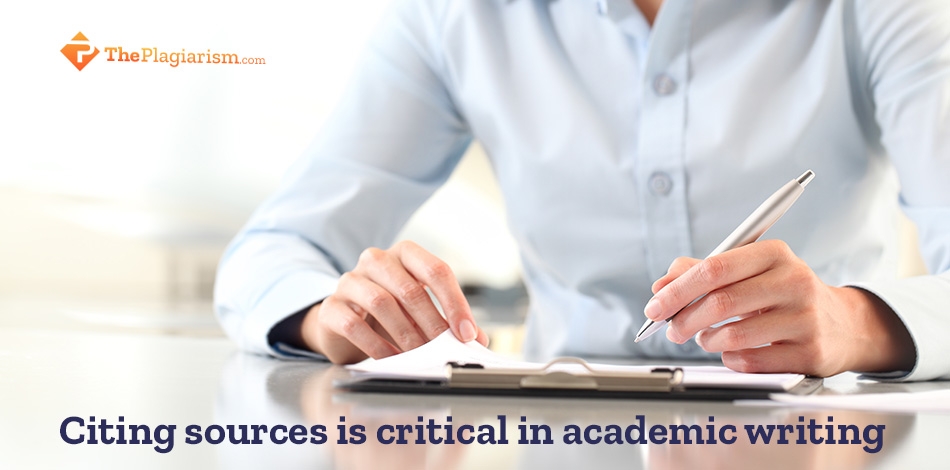
Citing Sources Is Critical in Academic Writing
It is commonly believed that academic writing concerns only those people who are involved in science. In fact, it is connected not only with science, but also with education, and with creative activity as well.
Academic plagiarism is the disclosure (partially or completely) of the scientific results obtained by others as the results of your own research or reproduction of published texts of other authors without a corresponding reference.
There are different types of plagiarism, such as repatriation, replication, rejection, falsification, verbal plagiarism, mosaic plagiarism, the absence of references to direct quotations, inadequate re-framing, the combination of own and borrowed text without citing sources, etc.
The process of integrating scientists from different countries into a unified world scientific community requires including scientific articles, published and unpublished results of scientific research, and bibliographic descriptions of resources in accordance with uniform rules and methods of registration in the bibliography list.
Ignorance of the Citation Rules
The situation in the world is catastrophic. This applies to school abstracts, students' works and papers, scientific articles, and dissertation researches. Unfortunately, many pupils, students, scholars go to this consciously and give out someone else's work for their own. However, many of them do it inadvertently, not knowing how to properly arrange their work, how to quote correctly and refer to the works of others. Thus, they unknowingly do not adhere academic rules, which implies the need to refer to the source from which the information (ideas, statement) was taken. Librarians can significantly improve the situation by teaching and counseling schoolchildren, teachers, students, scholars, citation rules and references in scientific works.
Where to Find the Rules of the Formulation of Bibliographies and Quotations
The design of the bibliographic part of the work includes the use of citations and references, as well as a bibliographic description of the sources. Formulating references in the text, citing sources should be literate and relevant to international standards. To do it right, you can use stylistic guide or style guide. This is a reference book with a set of standards and binding requirements for writing articles in a particular publication or when drawing up documents in an organization. The stylistic guide serves to maintain the stylistic and design monotony for a single text document, as well as for a variety of documents.
International Citation Styles and Their Difference
In the scientific world, there are more than 6,000 different styles (rules) of citing sources in scientific works, depending on the industry, the place where the work is published, etc. These rules are developed by professional associations. Here is a list of some popular international styles.
- Vancouver style, the area of which is medicine and physical sciences;
- Harvard Referencing Style, the field of which is the humanities and social sciences;
- The style of the American Institute of Physics (AIP Style) the sphere of which is physics;
The style of the American Psychological Association (APA style), its area is social sciences (sociology, law, psychology, history, etc.). Citing sources APA, you must use references in the worktext whenever you quote an idea, whether it is a paraphrase, a quote inside a line, or a blockquote.
An inline text link contains information about the author of the work (editor, compiler, the name of the quoted source, if the author is absent), the citation, the publication year and the page spacing (page numbers quoted from the source). You may not specify paging interval if you do not quote, but express an idea or refer to the whole work. Citing secondary sources APA in the sentence, your quote must be taken in quotation marks. The surname of the author appears in the sentence, then the year of publication is indicated in round brackets and the after quotation in parentheses, the page interval is indicated.
Style of the Association of Modern Language (MLA Style) is used in humanitarian sciences (art, literature, philosophy, religion, etc.);
Chicago style: author-date (Chicago style: Author-Date), the field of which is physical, natural sciences and social sciences;
Chicago style: footnotes and bibliography (Chicago style: Notes and Bibliography) are usually used in humanitarian sciences (art, literature, philosophy, religion, etc.).
It should be noted that the main difference of this or that style is the principles of the design of the bibliographic description. Of course, international styles may differ in:
- the placement of a bibliographic description;
- the presence and placement of the main elements of the bibliographic description;
- the punctuation marks (brackets, paws, their form);
- the graphical and font design.
As you can see, academic writing and the rules of citing does not require some special knowledge, reference books and recommendations with the basic principles of the appropriate style created for your successful activity will guide you. Now, having chosen the necessary international style, you can easily design your achievements and be confident that they will be published.

